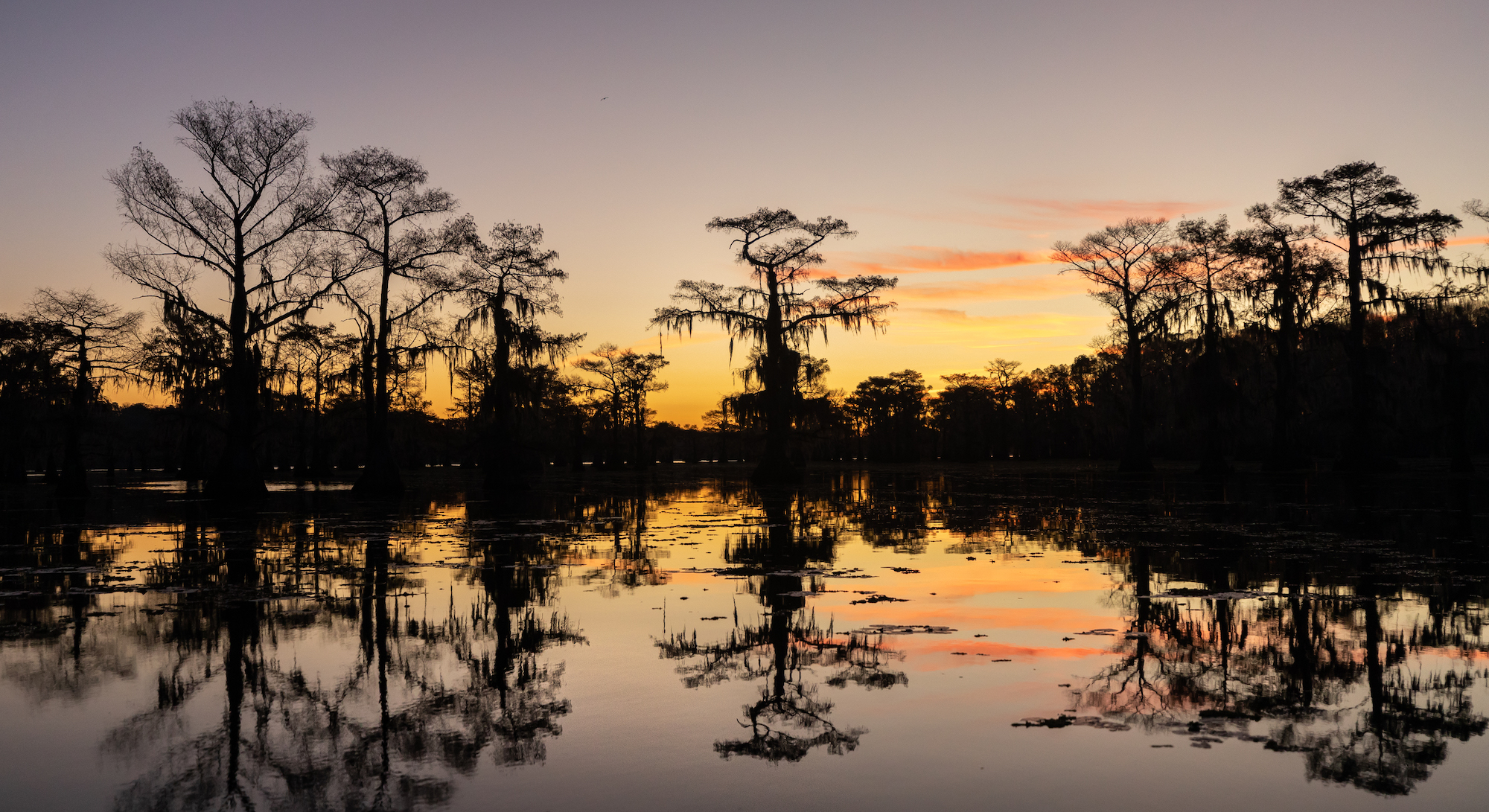The Green River is one of the most biodiverse rivers in the country. It is home to more than 150 fish species, more than 70 mussel species, and 42 endemic species (species existing nowhere else in the world). Aquatic species include nine endangered mussel species, one endangered fish, and one endangered freshwater shrimp.
Since 1999, The Nature Conservancy has worked with landowners, farmers, non-profit organizations and government agencies to improve wildlife habitat, water quality and recreational opportunities for people who live, work and play in Kentucky's Green River watershed.
Seasonal patterns orchestrate a cycle of life for the plants and animals residing in and around the Green River, cuing fish to migrate and spawn and floodplain trees to drop their seeds. Late summer and fall yield a slow and steady flow, while winter and spring bring periodic floods. Even cave-dwelling species such as blind freshwater shrimp depend on the river’s natural pulse.
Uniting the Green
Restoring the river’s pulse began in the 1990s when a beautiful 125-mile stretch of the upper Green—surrounded by forest and pastureland, and boasting one of the nation’s most diverse assemblages of freshwater mussels—attracted TNC's attention. Since then, we’ve worked with local landowners and partners on improving the ecology of this stretch of river through a variety of targeted land protection and conservation strategies.
During this time, TNC also began working with the U.S. Army Corps of Engineers on managing Green River Lake Dam to mimic a more natural flow. The Green became the country's first river in the Sustainable Rivers Program in 2002, a collaborative effort to find more sustainable ways to manage river infrastructure in order to maximize benefits for people and nature.
Later, TNC expanded its focus to include the lower Green with the goal of protecting a whole, naturally functioning system. This included building on the partnership with the Corps to include dams on the Nolin, Rough and Barren rivers—key tributaries to the Green. The Corps and TNC are now working together to remove old and defunct locks and dams on the Green River.
This groundbreaking work has served as a model for subsequent efforts across the country and around the world.
Finally, because of the prevalence of row crop agriculture throughout this portion of the watershed, TNC is working with farmers on land management practices that reduce nutrient pollution. Preserving healthy soils also improves crop yields and increases carbon storage.
Green River Milestones
1999-2021
TNC has been conserving nature in the Green River for more than 20 years.

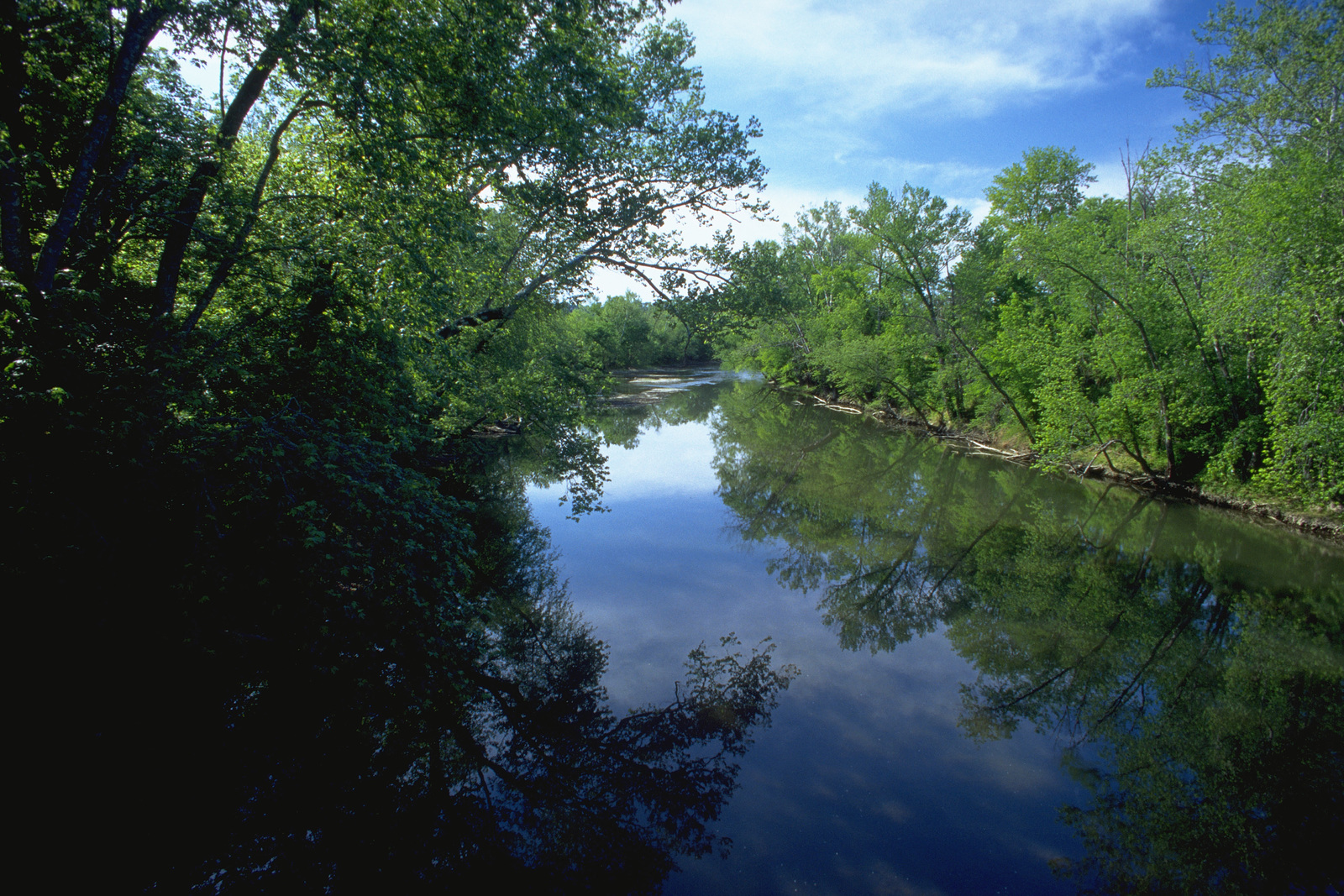
TNC began working on a 125-mile stretch of the upper Green River.

TNC made history by working with the U.S. Army Corps of Engineers to change operations at the Green River Lake Dam to mimic natural flows that support the river’s ecology.
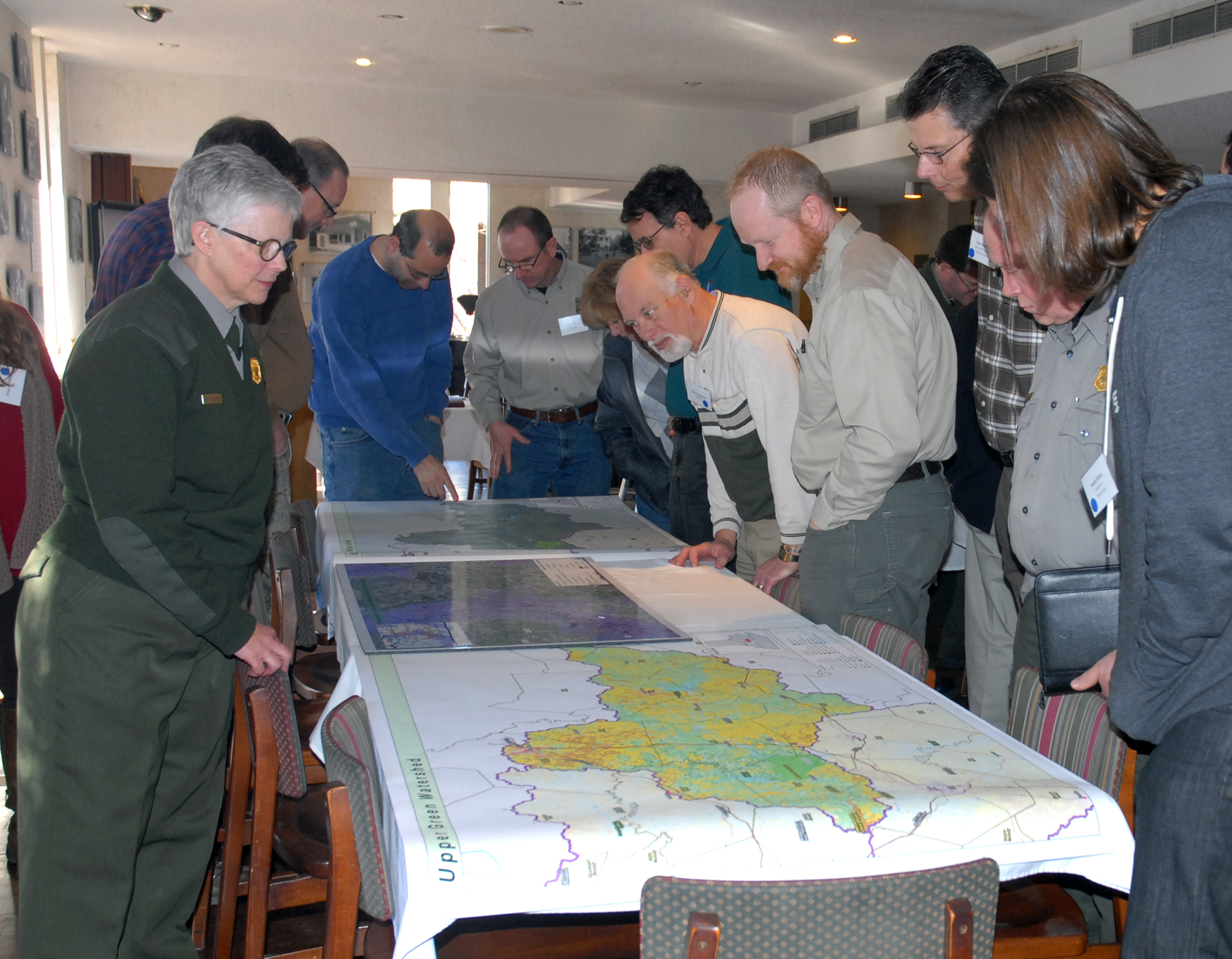
Revisited priorities for the watershed with businesses, agencies and local residents during a Green River Summit.
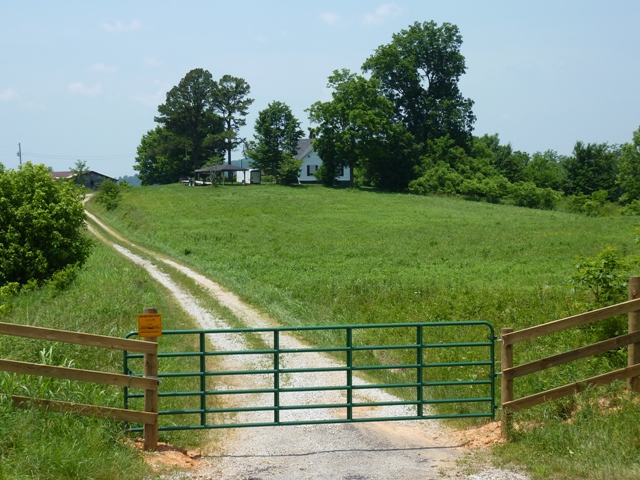
Entered into formal partnership with the Natural Resource Conservation Service to advance sustainable agriculture initiatives throughout the Green River basin.
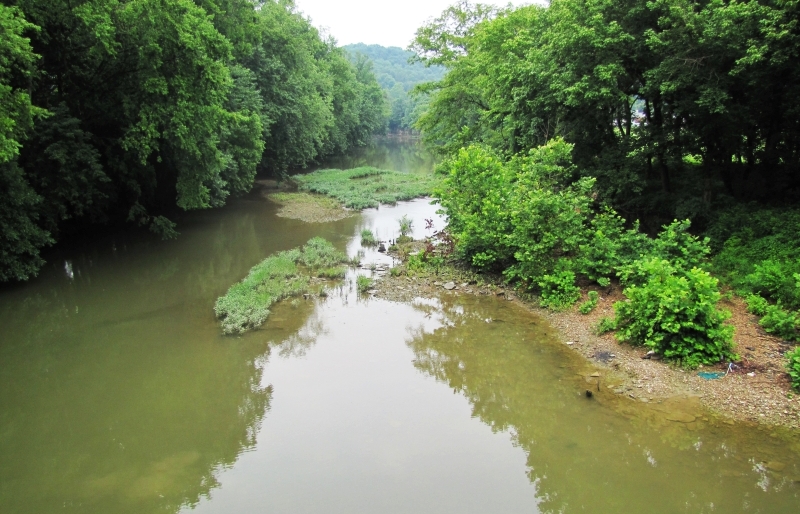
Permanently protected 200 acres of high-priority riparian acreage in Hart county, covering three miles of river and stream frontage. Planted more than 100,000 native hardwood trees on the property.

Removed the Green River Lock & Dam #6 at Brownsville--the first of several obsolete lock and dams.
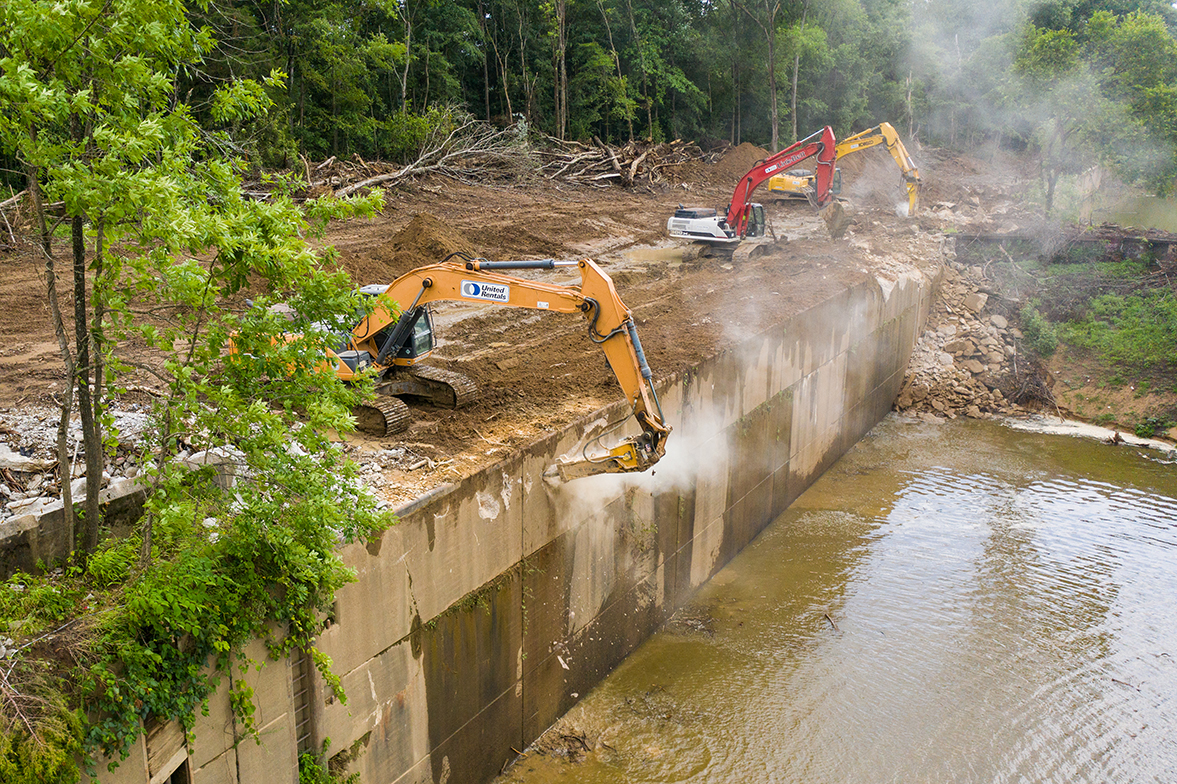
Currently removing Green River Lock and Dam #5 at Roundhill--the second dam in a series of three to be removed by The Nature Conservancy and its partners.
Green River Fast Facts
- 9,230 square-mile watershed
- Located in Central Kentucky
- Vitally important for wildlife habitat, drinking water, irrigation, outdoor recreation.
- Gives life to more species of plants and animals than any other Ohio River tributary.
- An unhindered 135-mile stretch—which flows from the Green River Reservoir Dam and through Mammoth Cave National Park—harbors one of the most diverse assemblages of fish and freshwater mussels in the United States.
- Threats include forest loss, erosion, water demands, and increasingly volatile cycles of flood and drought caused by a changing climate.
- Partners: U.S. Army Corps of Engineers, U.S. Fish and Wildlife Service, USDA-Farm Services Agency, USDA-Natural Resources Conservation Service, U.S. Geological Survey, National Park Service, Kentucky Department of Fish & Wildlife Resources, Kentucky Division of Conservation, Kentucky Division of Forestry, Kentucky Division of Water, Campbellsville University, Eastern Kentucky University, Tennessee Technical University, Western Kentucky University and The Homeplace Farm
Stand Up For Nature
Support our work to protect nature in Kentucky.


